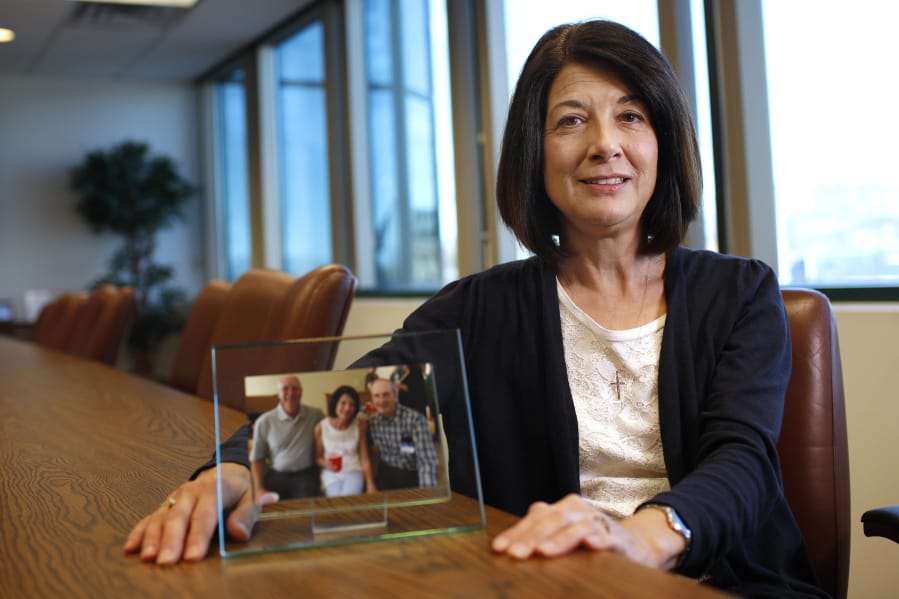When she was an infant, Karen Heiting was abandoned on a doorstep of a church in downtown Chicago.
She wasn’t born in a hospital, and she had no identifying information. She was “Jane Doe.”
“There was no information whatsoever about my heritage,” said Heiting, who was adopted when she was 7 months old and is now a 57-year-old executive assistant living in a Chicago suburb. “I never thought I’d find any relatives.”
Just until a few years ago, many family trees were created by interviewing older relatives, an option not available to Heiting. But today, she was able to swab the insides of both cheeks and send her DNA to ancestry.com.



